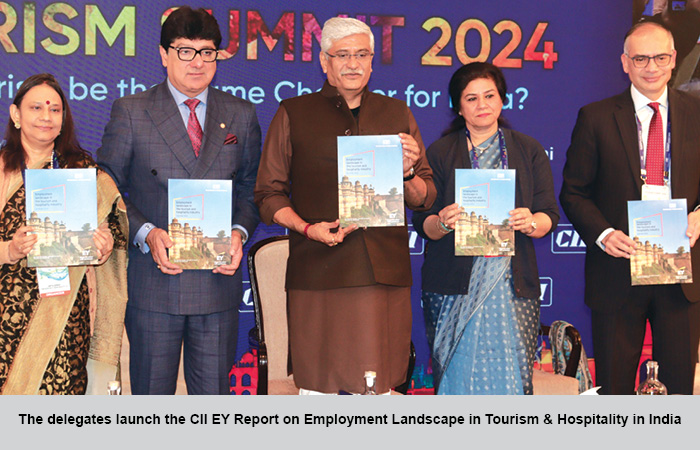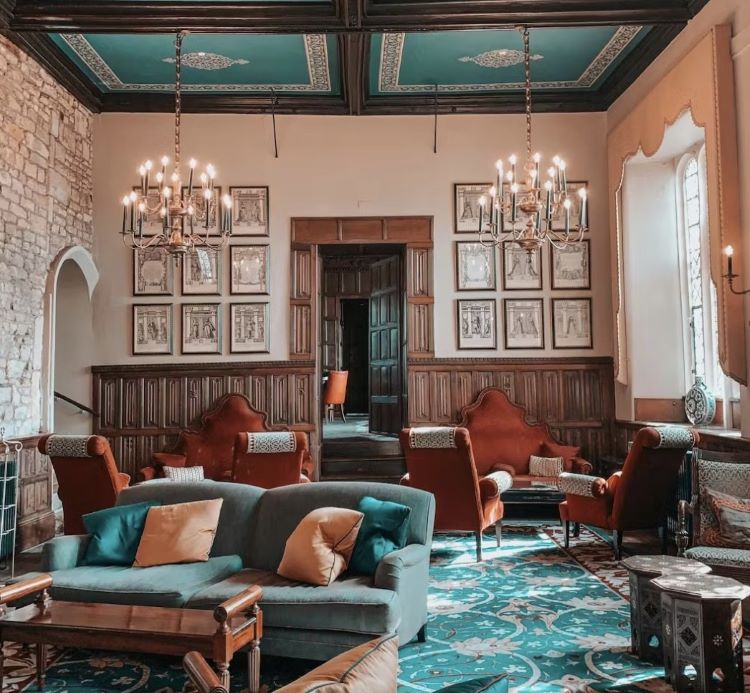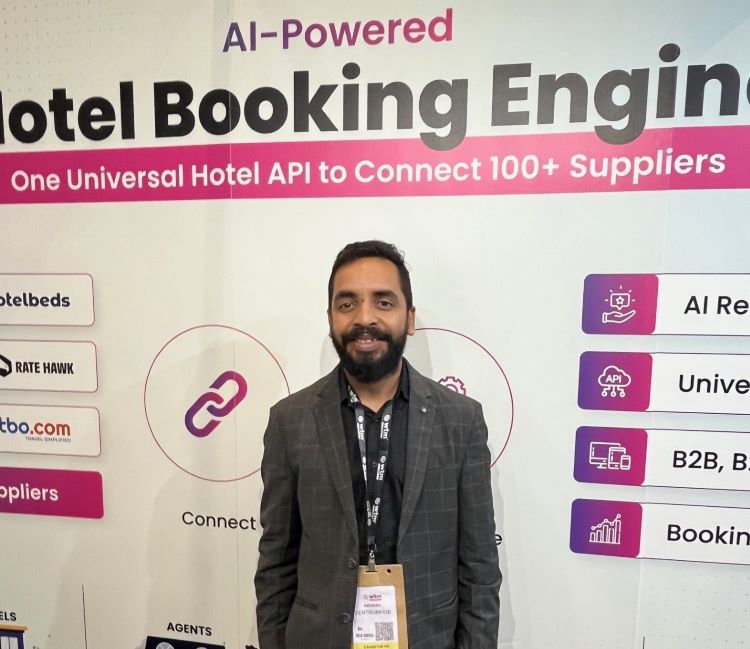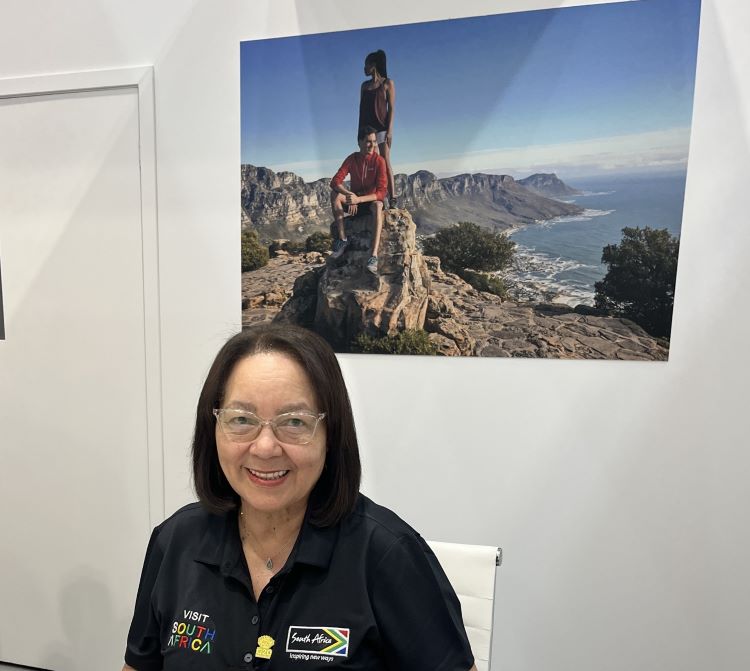Industry leaders and policymakers, addressing the 18th CII Annual Tourism Summit 2024, shared insights on how to propel inbound tourism to new heights. While inbound tourism can be the game changer for India, achieving the targets requires coordinated efforts across infrastructure, marketing, and policy, they said.
Nisha Verma
The Ministry of Tourism discussed various facets of their strategy and suggestions at the recently held 18th CII Annual Tourism Summit 2024. From infrastructure upgrades to marketing innovation, the discussions offered a roadmap for making India an irresistible destination for global travellers. While inbound tourism can be the game changer for India, but achieving the targets requires coordinated efforts across infrastructure, marketing, and policy.
Addressing the summit, Gajendra Singh Shekhawat, Minister of Tourism, Government of India, said, “Infrastructure is the backbone of tourism. Bharat Mandapam and Yashobhoomi are not just convention centres but symbols of India’s readiness to host the world.” The minister highlighted the government’s achievements, including the development of world-class airports, luxury trains, and over 125 operational airports, with plans to reach 350 by 2047.
However, challenges remain. According to Suman Billa, Additional Secretary, Ministry of Tourism, the number of branded hotel rooms in cities like Delhi remains insufficient.
“We have fantastic convention capacities but lack the requisite hotel inventory to accommodate large-scale events,” he said. He advocated for granting infrastructure status to the hospitality sector, enabling hoteliers to build the necessary capacity with reduced financial barriers.
India: From visible to viral
Emphasising the need for a robust marketing strategy to enhance India’s global tourism appeal,
Mugdha Sinha, Director General, Ministry of Tourism, claimed, “India is no longer just the land of snake charmers. But we have struggled to move beyond this outdated perception. Despite our incredible infrastructure, informational asymmetry hampers our visibility.”
Sinha suggested adopting the “Three V’s” mantra—Visibility, Virality, and Visionary Marketing. She emphasised the role of digital platforms. “It’s no longer about offices or traditional campaigns. Today, storytelling and social media engagement are the currencies of tourism marketing,” she said.
Billa concurred, noting that while Incredible India remains a globally recognised brand, the narrative must evolve. “We need to target both emotional and logical decision-makers. Infographics, data-driven campaigns, and targeted digital marketing can make a significant impact,” he suggested.
Overtourism: A double-edged sword
The increase in domestic tourism, driven by revenge travel post-COVID, has created an unintended challenge for the industry.
“Overcrowding in domestic hotspots is pushing international tourists away,” said Sinha.
She underscored the need for strategic planning to balance domestic and inbound tourism, ensuring that the influx of domestic tourists does not compromise the experience for foreign visitors.
Tourism’s multiplier effect
Tourism isn’t just an economic activity; it’s a solution to many of India’s challenges.
“Tourism creates jobs, uplifts local communities, and contributes significantly to GDP. By 2047, as we aim for a $25 trillion economy, our Foreign Tourist Arrivals (FTAs) and global rankings should reflect our aspirations,” said Shekhawat.
Sinha added that tourism serves as soft diplomacy. “Foreign tourists become brand ambassadors for India. A positive experience here translates into goodwill and influence abroad,” she said. She also pointed out the emotional and cultural resonance of India as a destination, which enhances its unique appeal.
Infrastructure & awareness
While infrastructure improvements are commendable, awareness remains a bottleneck. “We have built roads, flyovers, and luxury trains, but do people in the USA or Brazil know about them?” asked Sinha. She advised that targeted campaigns would bridge the gap between India’s physical and informational infrastructure. Billa stressed the need for a holistic approach. “It’s not just about building airports or convention centres, but it’s about creating seamless experiences, from visa processing to last-mile connectivity,” he said.
Shekhawat said, “We have the assets, both natural and cultural. What we need now is strategy and execution.”
 TravTalk India Online Magazine
TravTalk India Online Magazine





